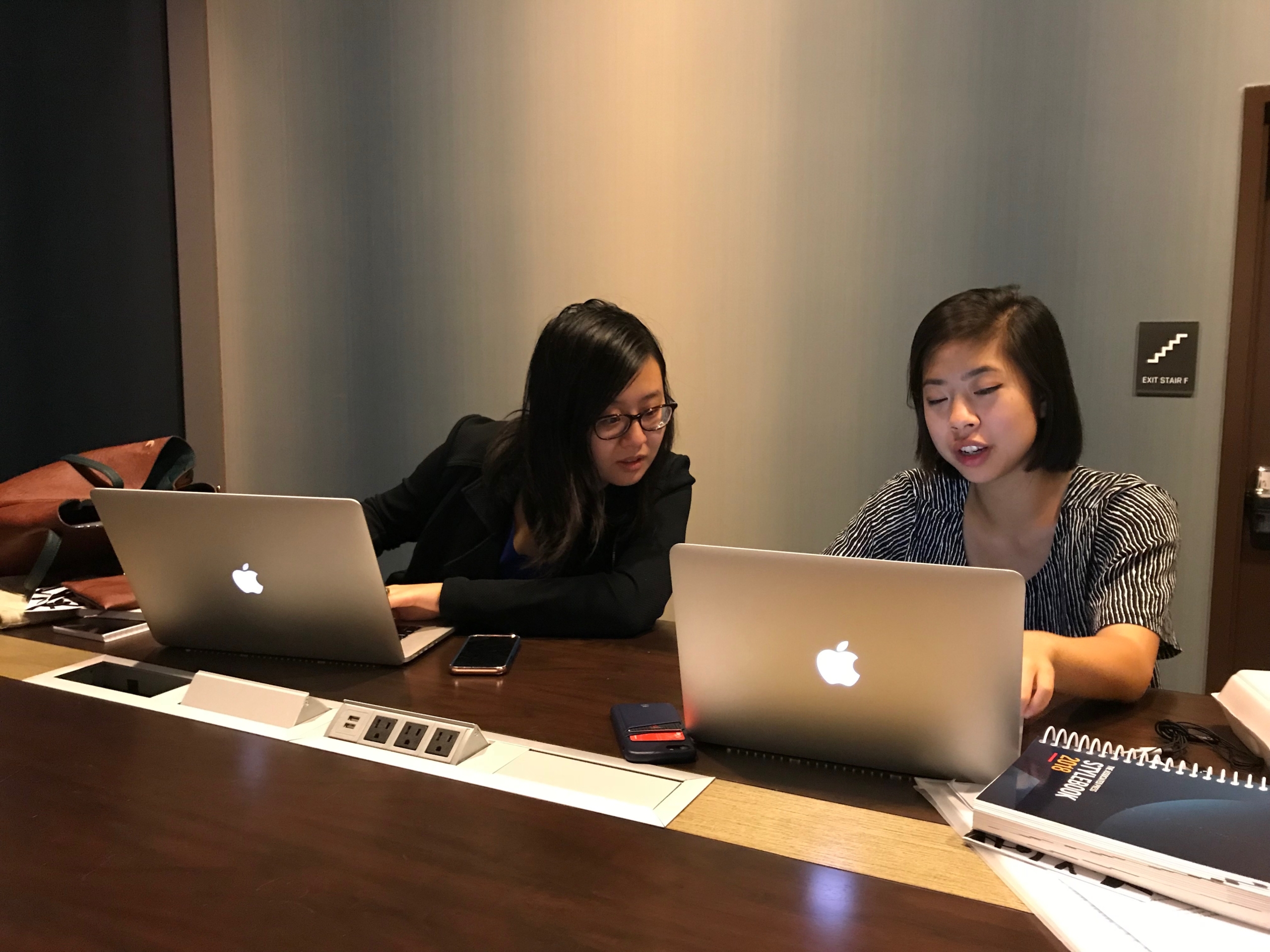Sign up for The Media Today, CJR’s daily newsletter.
A new report says that some of the biggest newsrooms in the country are paying women and minority staffers significantly less than their male and white counterparts.
The report, titled “Mind the gap: Uncovering pay disparity in the newsroom” and conducted by student reporters in the Asian American Journalists Association’s Voices program, analyzed seven pay-equity studies from newsrooms both with and without union representation to examine how reporters tasked with covering pay disparities in other industries are also contending with major divergences in their own.
In 2017, the Independent Association of Publishers’ Employees, the union representing many journalists at The Wall Street Journal, published an analysis showing that women employed by the paper’s publisher, Dow Jones & Company, made less than 85 percent what their male counterparts did. That started a larger conversation about pay equity in the industry and prompted other newsroom unions to publish their own studies about pay gaps.
ICYMI: Diversity in newsrooms has been bad for decades and it probably won’t get better: study
Elaine Chen, Cecilia Lei, Annie Ma, and Jonathan Ng reviewed and analyzed pay-gap studies from seven newsrooms and spoke with more than two dozen journalists in nine newsrooms across the country about their experiences with discrepancies in pay.
In addition to the Wall Street Journal report, the authors gathered data and information from The New York Times, The Washington Post, the Los Angeles Times, the Associated Press, the Star Tribune, and the San Francisco Chronicle. They also reached out to BuzzFeed and The Dallas Morning News.
According to the authors’ analysis of studies by news unions, in those newsrooms “white men earned the most of any demographic and held most senior high-paying positions in the newsroom,” while “women of color commonly made the least.” The report also noted that pay disparities in many newsrooms “boil down to management granting larger optional raises to men and whites than women and people of color.” Newsroom executives disputed the studies’ integrity, saying they didn’t sufficiently account for differences in experience.
Among the nonunion companies the authors looked at, Ng learned, the lack of union structure meant it was more difficult to force an employer to share pay data. “They’re not going to always be as willing to provide that information because they don’t have to,” he tells CJR.
When broken down by organization, there were often stark pay discrepancies, such as the $11,678 difference between the earnings of the average man and woman represented by the union at Dow Jones & Company, and the $18,514 between those of the average white female staffer and the average black female staffer.
Chen, Lei, Ma, and Ng also identified several other factors leading to pay discrepancies in newsrooms: for instance, at the Los Angeles Times, reporters hired through the Minority Editorial Training Program are offered lower salaries, and they noted the lack of black, Hispanic, and Asian people in management or senior positions in general.
“[Lack of diversity] kept coming up,” Chen tells CJR, noting that a lot of the people she spoke with from Minneapolis mentioned to her that the demographics of the area were not very diverse either, so the newsroom reflected that. “Yeah, that’s true, but does that mean the newsroom doesn’t have a responsibility to try and retain reporters of color even more?”
Other journalists informed the report’s authors that they simply didn’t ask for more money. “They told me they didn’t want to negotiate their salaries because they felt so grateful, so lucky to find a position in a prestigious newsroom,” says Lei.
The Voices report has received a lot of notice from journalists, but producing it wasn’t easy. After receiving the pay equity data from the various unions, the four authors discovered that each organization had a different way of measuring pay discrepancies and did so to varying degrees of of detail. For instance, The New York Times’s union listed specific amounts, while the Los Angeles Times rounded up average salaries to the nearest thousand. The Star Tribune’s union didn’t provide any salary figures at all.
In some cases, the union reports were not made public or were a few years old, and it was difficult to get more information. Ma says that in the cases of both the Associated Press and the Los Angeles Times, management declined to comment, citing pending contract negotiations.
“In the end, they were just so different, we couldn’t compare them to each other,” Chen says of the various newsrooms.
All four authors told CJR that despite reaching out to dozens of possible sources, they had difficulty getting journalists to speak on the record about pay disparities, even among those who had left the industry. “There was a sense of paranoia and a sense that management was looking over communication,” Lei says. “Or that they were monitoring what was being exchanged in emails.”
Most respondents spoke on background, but many still feared reprisals and retaliation for their comments, especially at nonunion newsrooms, says Ng.
Many of the study’s authors were also nervous about contacting management at newsrooms at which they were planning to apply for jobs and internships in the future.
Ma, who is also currently a fellow at Mother Jones, says one of the biggest lessons she learned about doing this kind of accountability journalism was not to overlook or discount individual experiences when analyzing a systemic problem. “Everyone fits into the system in some way, and the only way you can see the system is if you talk to everyone who’s affected by it.”
ICYMI: ‘This deepening division is not inevitable’: The failing diversity efforts of newsrooms
Has America ever needed a media defender more than now? Help us by joining CJR today.



